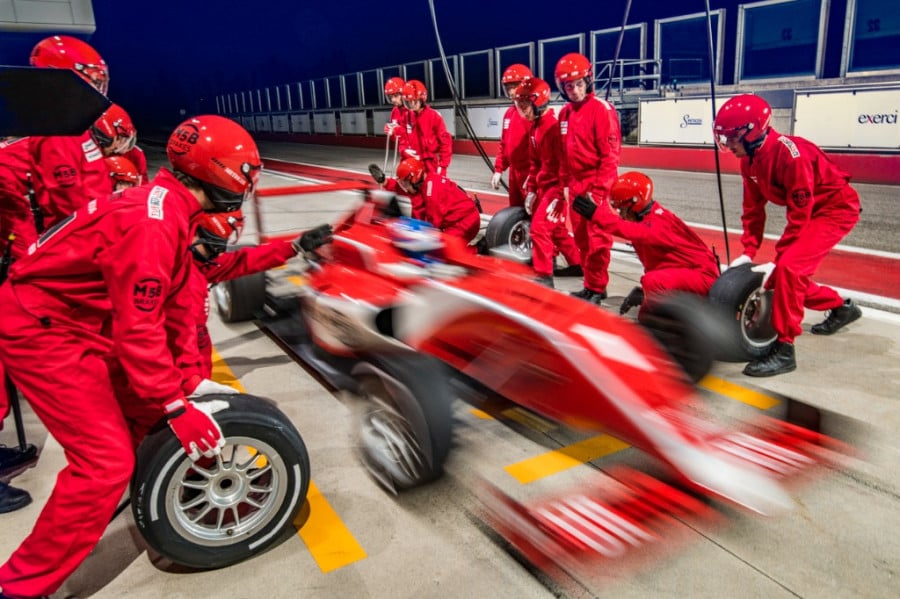How Patents & Trade Secrets Are Utilised In Motorsport

Motorsport provides spectators with some of the most impressive examples of man-made machines on the planet with unbelievable feats in engineering, design and aerodynamics. However, the impressive aspects of human innovation used to produce such machines and the various features of the machines themselves are often not subject to the extensive portfolios of registered intellectual property (IP) protection that one would expect[1].
In particular, motorsport would appear to be a fertile breeding ground for IP protection with cutting edge technology, massive monetary investments and teams growing into multinational corporate ventures in their own right. Furthermore, given the fact thousandths of a second[2] can often provide a crucial edge in a race, it might even be more surprising that teams do not actively protect their innovative ideas that give them an advantage.
Often such limited IP protection is the result of motorsport’s respective sporting authorities aiming to increase competition and preventing one team from gaining a monopoly over a particular invention but as we discuss below there are other reasons why IP law is not being used extensively in motorsport.
This article specifically discusses:
- Overview of How Patents and Trade Secrets Are Utilized In Motorsport
- Is Patent Protection Actually Used In Motorsport
- Can Motorsport teams utilise Trade Secrets To Protect Proprietary Information
This article is the second instalment in our series dealing with intellectual property in motorsport and the first instalment can be found here[3].
To continue reading or watching login or register here
Already a member? Sign in
Get access to all of the expert analysis and commentary at LawInSport including articles, webinars, conference videos and podcast transcripts. Find out more here.
- Tags: Formula One | Intellectual Property Law | Motorsport | Patent | Patent Convention Treaty | Patents Act 1977 | Sport | Trade Secret | Trade Secrets (Enforcement etc) Regulations 2018
Related Articles
- Force India and damages for misuse of confidential information
- Driver safety in Formula 1®: Part 1 – Bianchi’s accident and its effects on safety
- How to choose, protect and enforce trade marks as a professional athlete: the view from Germany
- Fantasy Premier League: Do Footballers Have An Obligation To Protect Team News?
- Commercial & Legal Issues In Motorsport
- Sport and intellectual property – the year in review 2020/21
Written by
Simon Casinader
Simon Casinader is a partner in the London office at K&L Gates and had previously worked in their Melbourne office for over seven years. Simon is an intellectual property lawyer with extensive experience in protecting and enforcing intellectual property rights across multiple jurisdictions.
Niall Lavery
Niall Lavery is an associate at the London office of K&L Gates. He splits his practice into two primary areas, specifically, 1) antitrust, competition and trade regulation and 2) intellectual property and commercial law where the team’s cross-departmental approach allows him to provide a versatile and comprehensive approach to his work.





